Most Beautiful Birds in the World
Introduction
The natural world is a canvas painted with an incredible array of colors, patterns, and forms. Among its most exquisite masterpieces are the beautiful birds that grace our skies and forests. These avian wonders are not just creatures of flight but living works of art that captivate our hearts with their vibrant plumage, graceful movements, and distinctive features. In this article, we will take you on a visual journey through some of the world’s most stunning and awe-inspiring birds, each a testament to the astonishing diversity and beauty of the avian kingdom.
Peacock
Scarlet Macaw
Resplendent Quetzal
Atlantic Puffin
Golden Pheasant
Victoria Crowned Pigeon
Hyacinth Macaw
Rainbow Lorikeet
Mandarin Duck
Bee-eaters
1. Peacock:
Renowned for its mesmerizing fan-shaped tail, the peacock is a living masterpiece of iridescent blues and greens. Its elaborate courtship dance and vivid colors have made it a symbol of grandeur and elegance. Native to South Asia, including countries like India, Sri Lanka, and Pakistan.

2. Scarlet Macaw:
A symphony of red, blue, and yellow, the scarlet macaw is a true icon of the rainforest. Its brilliant plumage and striking call make it a symbol of the tropics’ vivid biodiversity. Found in Central and South America, particularly in tropical rainforests.
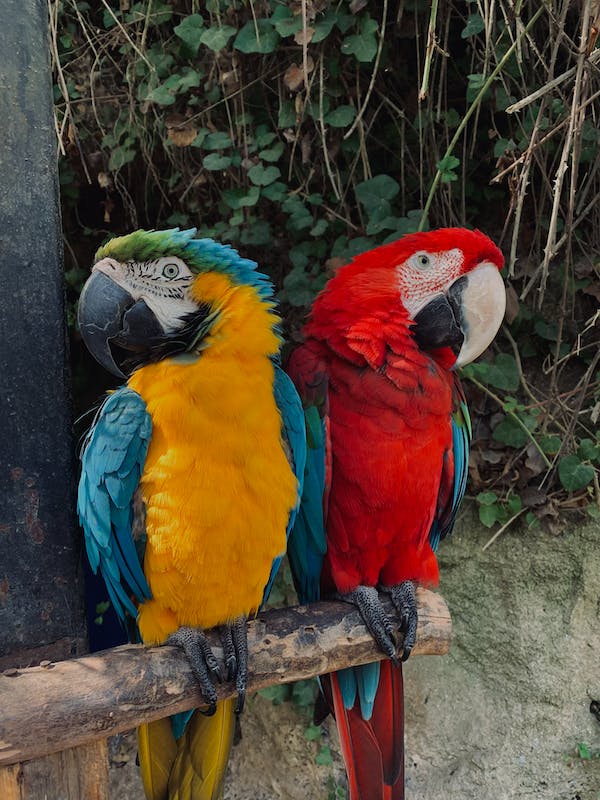
3. Resplendent Quetzal:
Nestled in the cloud forests of Central America, the resplendent quetzal is an embodiment of grace. Its emerald-green plumage, red breast, and long, flowing tail feathers are legendary for their beauty. Native to the cloud forests of Central America, particularly in countries like Guatemala and Costa Rica.
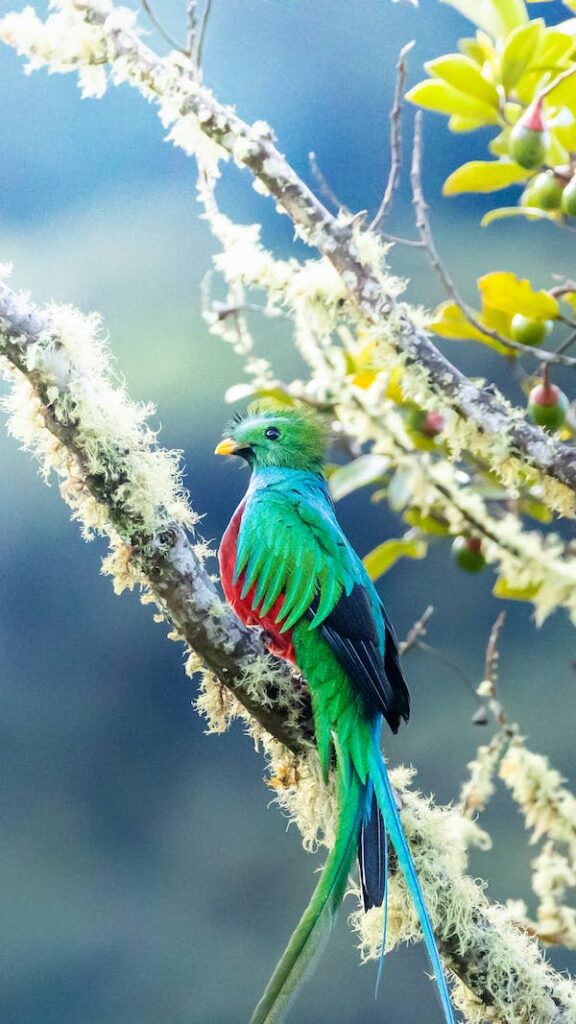
4. Victoria Crowned Pigeon:
With its stunning blue and white body, crowned by an ornate crown of feathers, this pigeon from Papua New Guinea exudes an air of regal elegance. Native to Papua New Guinea, primarily inhabiting lowland forests.
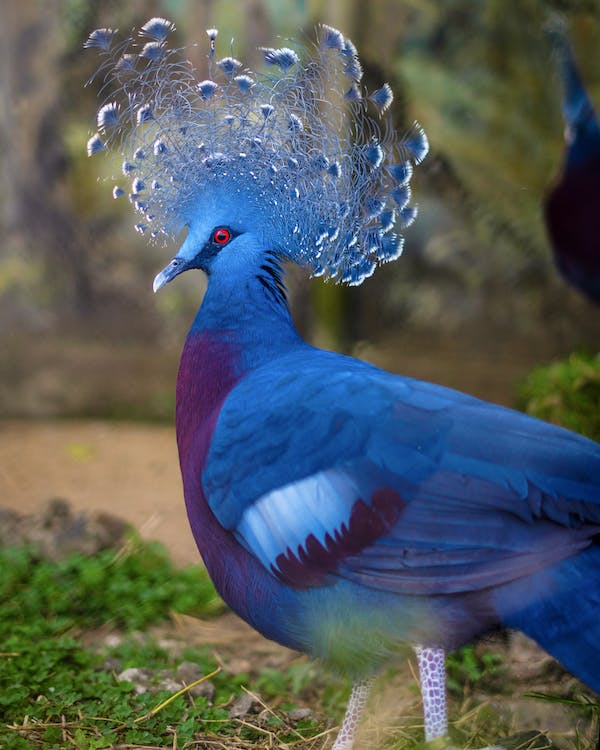
Golden Pheasant:
A symbol of opulence, the golden pheasant boasts a vibrant array of colors, from deep reds and oranges to bright yellows and greens, creating a rich tapestry of hues. Native to the mountains of China and Western China.
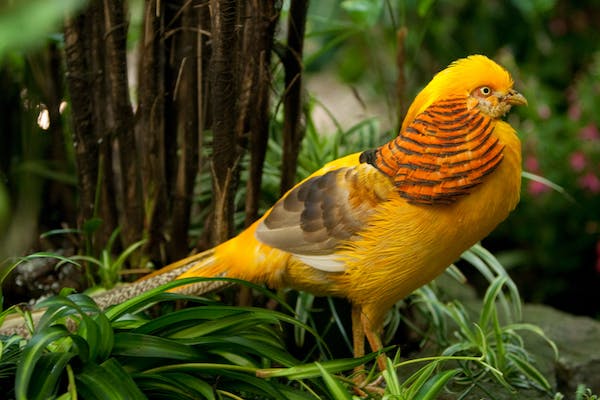
Hyacinth Macaw:
The largest of all parrots, the hyacinth macaw features breathtaking cobalt-blue plumage that contrasts beautifully with its large beak. It’s a marvel of both size and color. Native to parts of South America, including Brazil, Bolivia, and Paraguay.
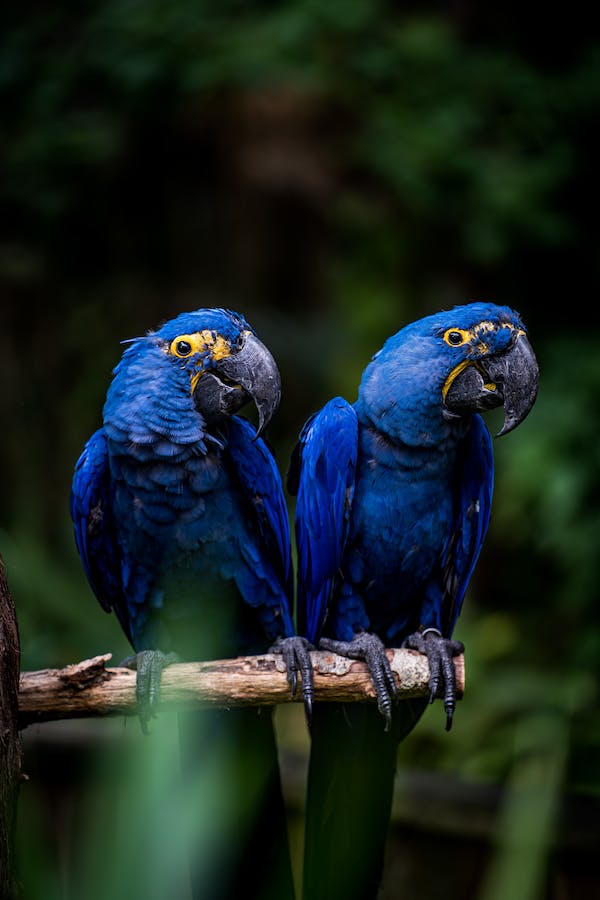
Mandarin Duck:
A true exemplar of subtlety and refinement, the Mandarin duck is adorned with intricate patterns and soft, delicate colors that reflect its serene aquatic habitats. Originally native to East Asia, including China, Japan, and Russia.
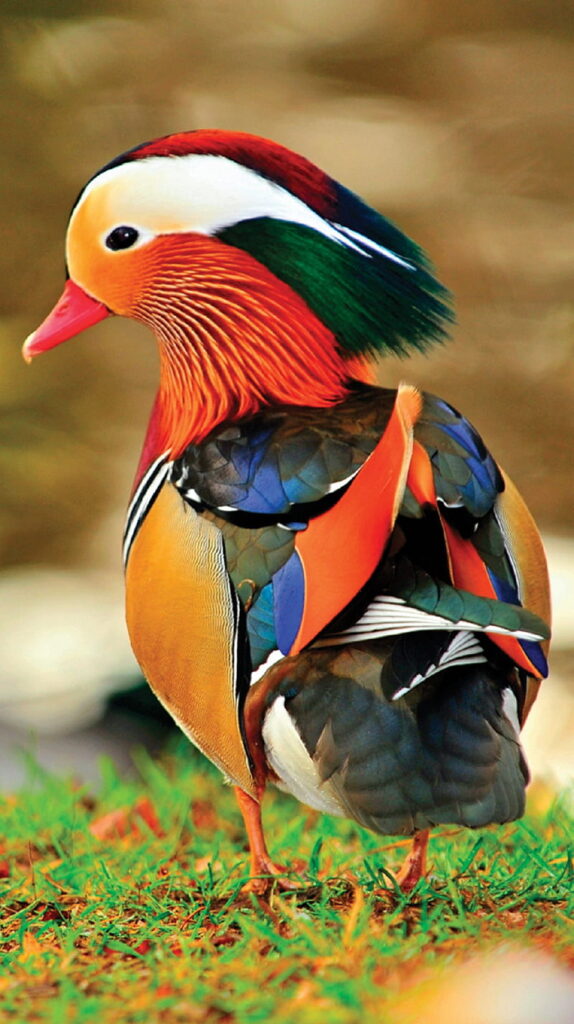
8. Bee-eaters:
Known for their vibrant colors and graceful flight, bee-eaters encompass a variety of species. Their vivid plumage and distinct hunting behaviors make them a sight to behold. Different species are found in various parts of the world, including Europe, Africa, Asia, and Australia.
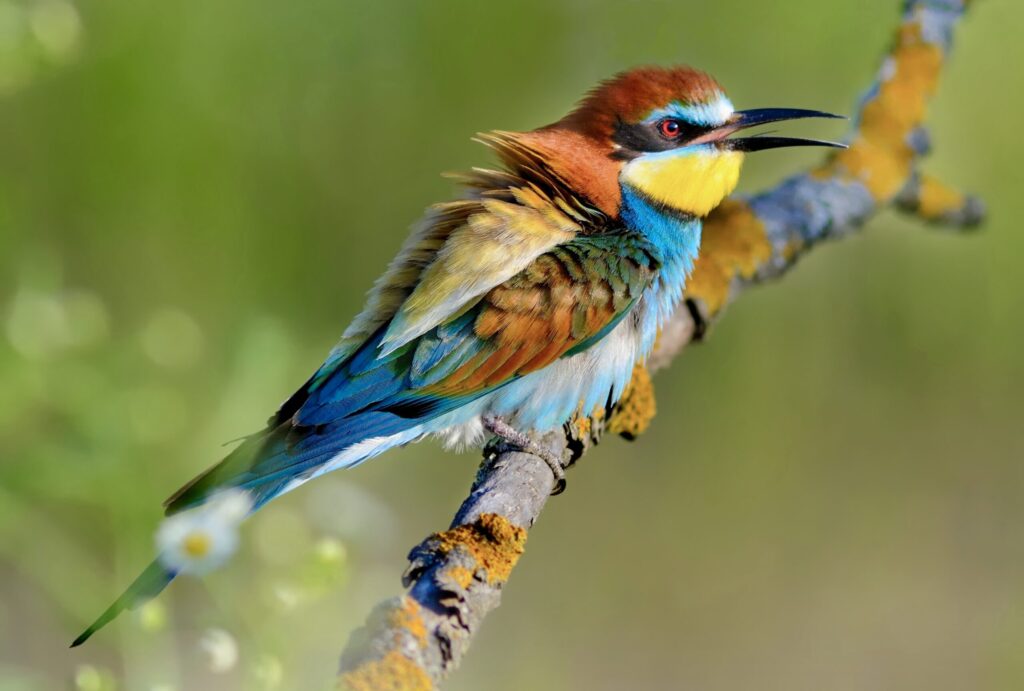
Rainbow Lorikeet:
Radiating a rainbow-like spectrum, the rainbow lorikeet is a lively and colorful parrot that adds a burst of vibrant energy to its native Australian habitats. Native to Australia, specifically along the eastern seaboard and parts of the northern coast.
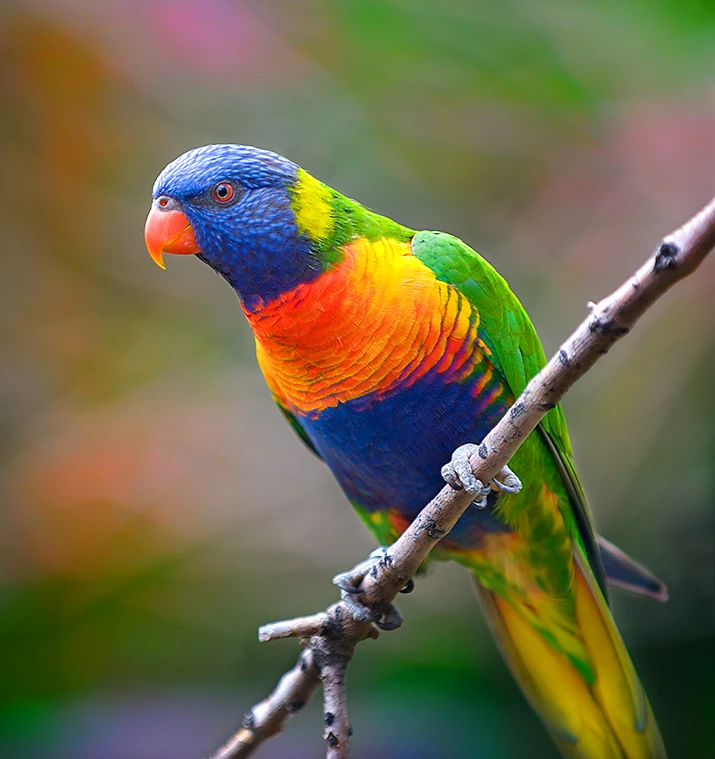
Andean Cock-of-the-Rock:
This striking bird, native to the Andean cloud forests, displays brilliant orange plumage and a distinctive fan-shaped crest. Its unique appearance is truly a marvel to behold. Native to South America, particularly the Andean cloud forests in countries like Peru and Ecuador.

Conclusion
Nature’s palette is vast and diverse, and within it, beautiful birds stand as living testaments to the artistry of evolution. From the intricate patterns of the Victoria crowned pigeon to the bold hues of the golden pheasant, each bird tells a story of adaptation, survival, and the sheer splendor of life on Earth. As we gaze upon these avian wonders, let us be reminded of the importance of preserving their habitats and safeguarding the incredible beauty they bring to our world.